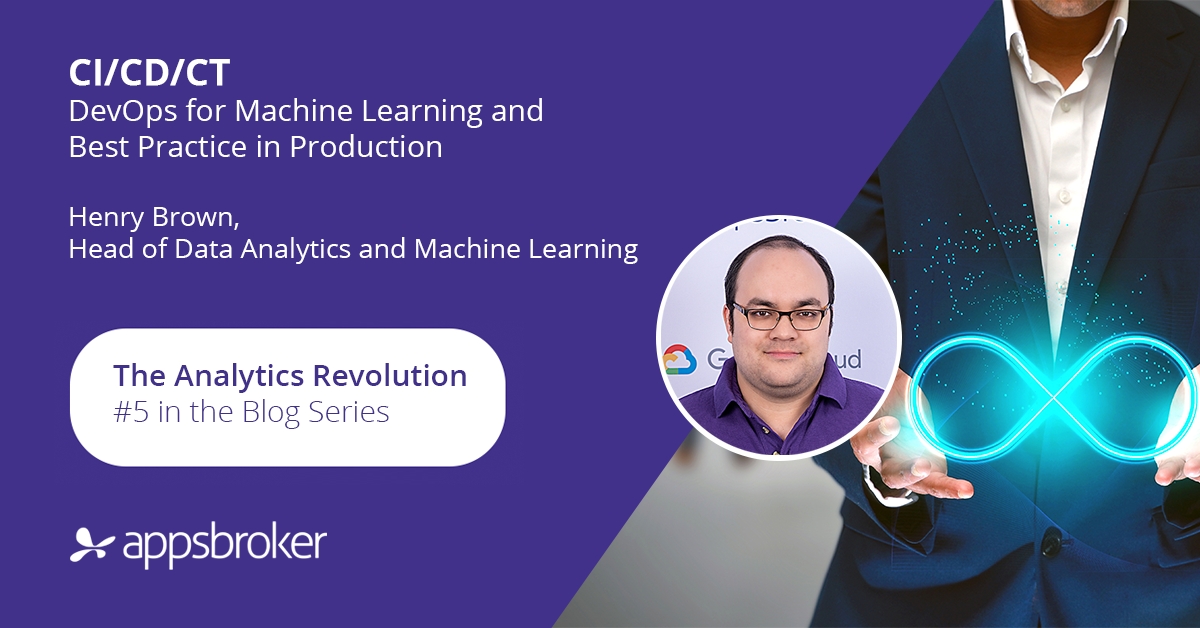Building the foundations for tomorrow's data solutions.
The impact of the global lockdown has changed the way businesses of all sizes think of analytics - and will continue to have a lasting effect long after restrictions begin to lift.
By 17th March, 88% of organisations worldwide were either encouraged or required to work remotely, while only 32% had introduced new video conferencing tools (Gartner 2020) - this is a process that can be rolled out in a matter of hours with certain cloud technologies. Adopting remote analytics capabilities is substantially harder, so how are organisations going to be embrace data analytics into their new norm?
Many larger organisations are still either reliant on on-premise systems, or devices with limited hardware such as laptops, for delivering their analytical workstreams. This is particularly true in highly regulated industries where large amounts of sensitive data are used in the process of delivering insights and analytics as well as executing models.
But transformation isn't only being driven by those who are no longer fit for 'Work from Home Analytics' - COVID is driving change in the business ecosystem faster than ever before, from supply chains that have mutated to become barely-recognisable, or HR and reporting frameworks within businesses that no longer have the ability to rely on manual or face-to-face engagements.
Understanding these changes and being able to take action to adapt the business accordingly will be a critical determiner of how well many organisations emerge in a post-COVID world.
There's a great opportunity - much like the adoption of video conferencing for remote meetings to ensure people can continue to be productive - for organisations to build the foundations for their analytical capabilities of the future.
The first step is ensuring connectivity to the cloud, opening up the potential of cloud-native analytics platforms. For premises-based data, this may not initially be an easy option. However, for other streams, connectivity may already exist.
Cloud-native analytics platforms allow businesses to quickly spin up the infrastructure to support the sort of data reports they need to identify trends, or to better understand their new ways of working. Importantly, these platforms can give you flexibility - reports can be continually adapted until the right outputs are created.
They can also provision hardware on a scale unmatched by typical on-premise deployments, potentially providing terabytes of RAM and hundreds of cores in a single VM. This means analytical teams can further improve their productivity and performance, by scaling the volume of data they can use to drive further insight.
One immediate example is if you’re dealing with staggered working hours due to social distancing, then running analytics that can automatically treat performance metrics from different time periods alongside each other, in as close to real time as possible, can give you accurate measurements against KPIs.
Appsbroker has a tried-and-tested method of building and deploying modern analytical platforms, and modern data platforms, all of which use pay-as-you-use cloud technologies to reduce the cost for you. These platforms can be built to information security regulation such as GDPR without much additional effort, and value can be delivered within weeks by using certain cloud services.
The Analytics Revolution blog series:

Ethical AI is not an Afterthought

The Machine Learning Lifecycle

Five Recommendations for the Successful Adoption of Machine Learning

CI/CD/CT - DevOps for Machine Learning and Best Practice in Production

Dataflow - Google Cloud's Best-Kept Secret
If you want to learn more about how you can extract more value for your data and start preparing your data estate for the new world, then please get in touch: